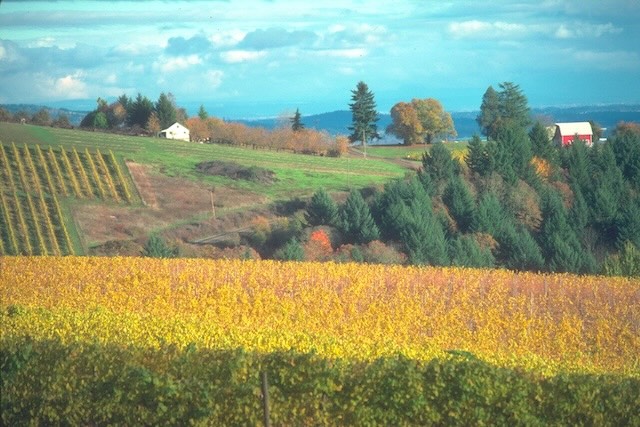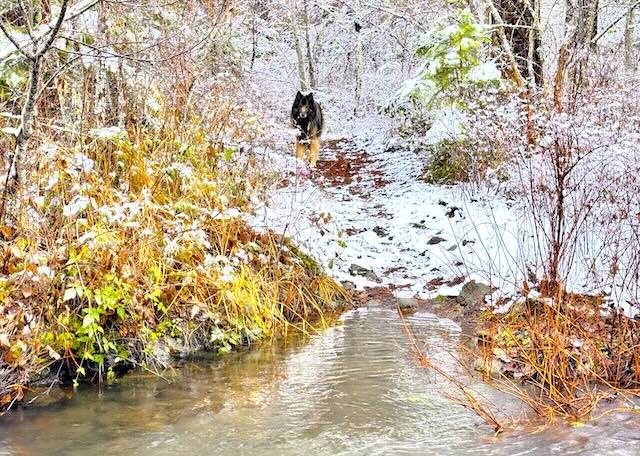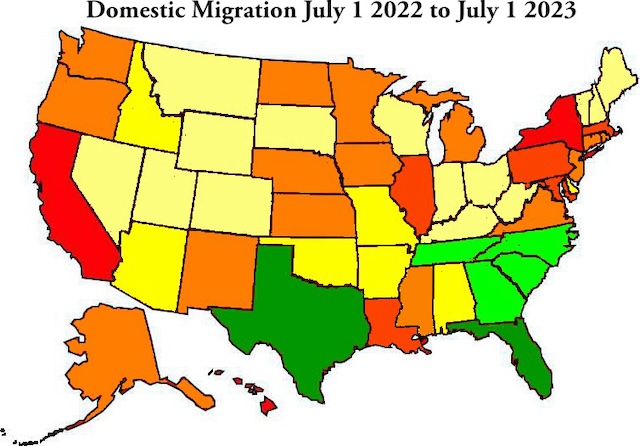Since it appears increasingly likely that the winner of the popular vote for president will not win the election, we are already seeing calls to “dump the electoral college.” Predictably, since the Democrat is the candidate who is likely to win the vote but lose the election, these calls are coming from Democrat supporters, while conservatives are supporting of the status quo. But if the situation were reversed — if the Republican were winning the popular vote but losing the election — I’m certain we would be hearing conservatives say we need to abolish the electoral college.
Seven states are currently undecided, so those are the states where candidates are doing most of their campaigning. Source: Real Clear Polling.
I want to abolish the electoral college not because of how it would change the outcome of this particular election but because of how it would change democracy. The United States is known for its low voter turnouts, and a large part of that is because many people don’t believe their vote counts. When it comes to the presidential election, those people are absolutely right unless they live in one of the “battleground states,” which this year are Arizona, Georgia, Michigan, Nevada, North Carolina, Pennsylvania, and Wisconsin. Because presidential politics get more media attention than, say, gubernatorial or legislative politics, people who don’t think their vote for president counts are also less likely to vote in other elections. Continue reading

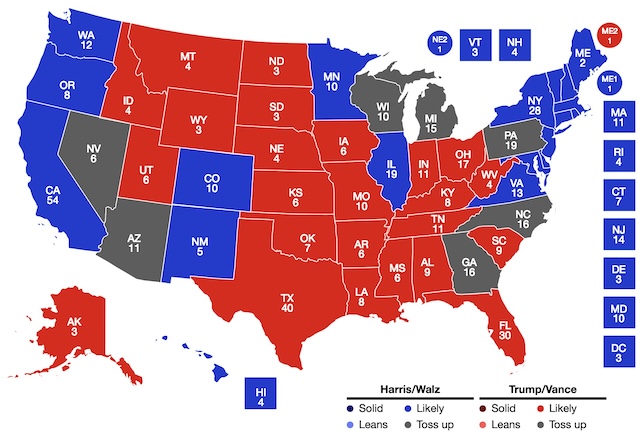
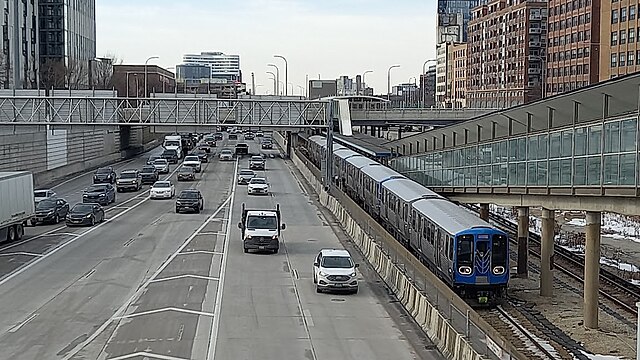

 The official portrait of Mayor Goldschmidt.
The official portrait of Mayor Goldschmidt.
